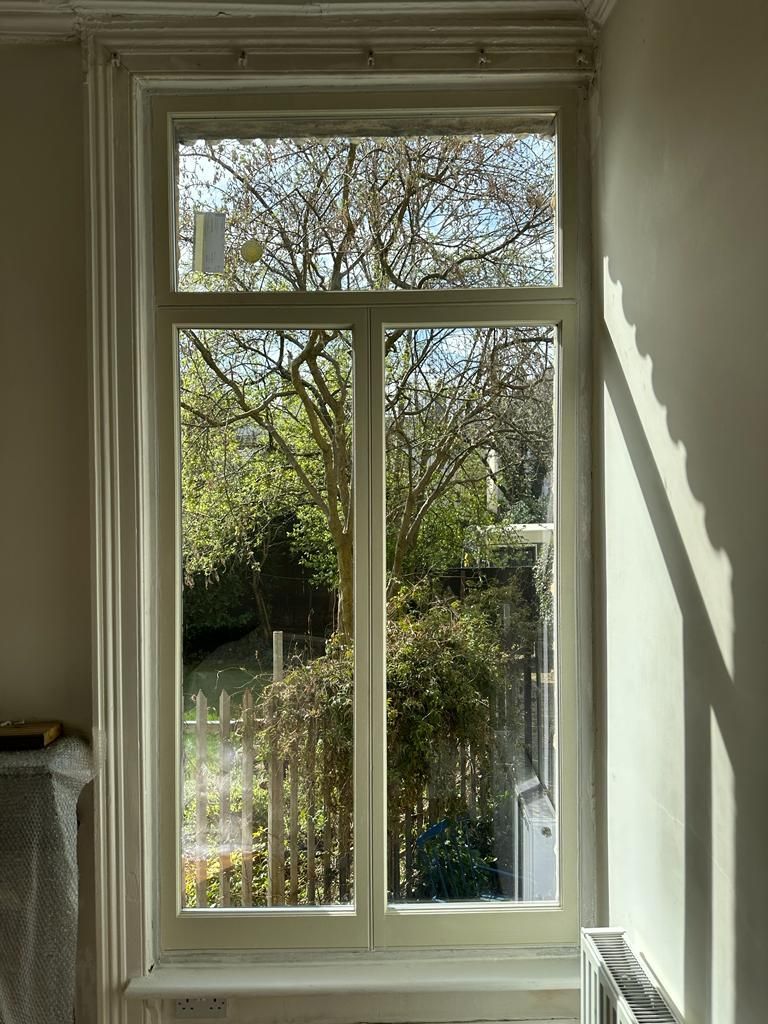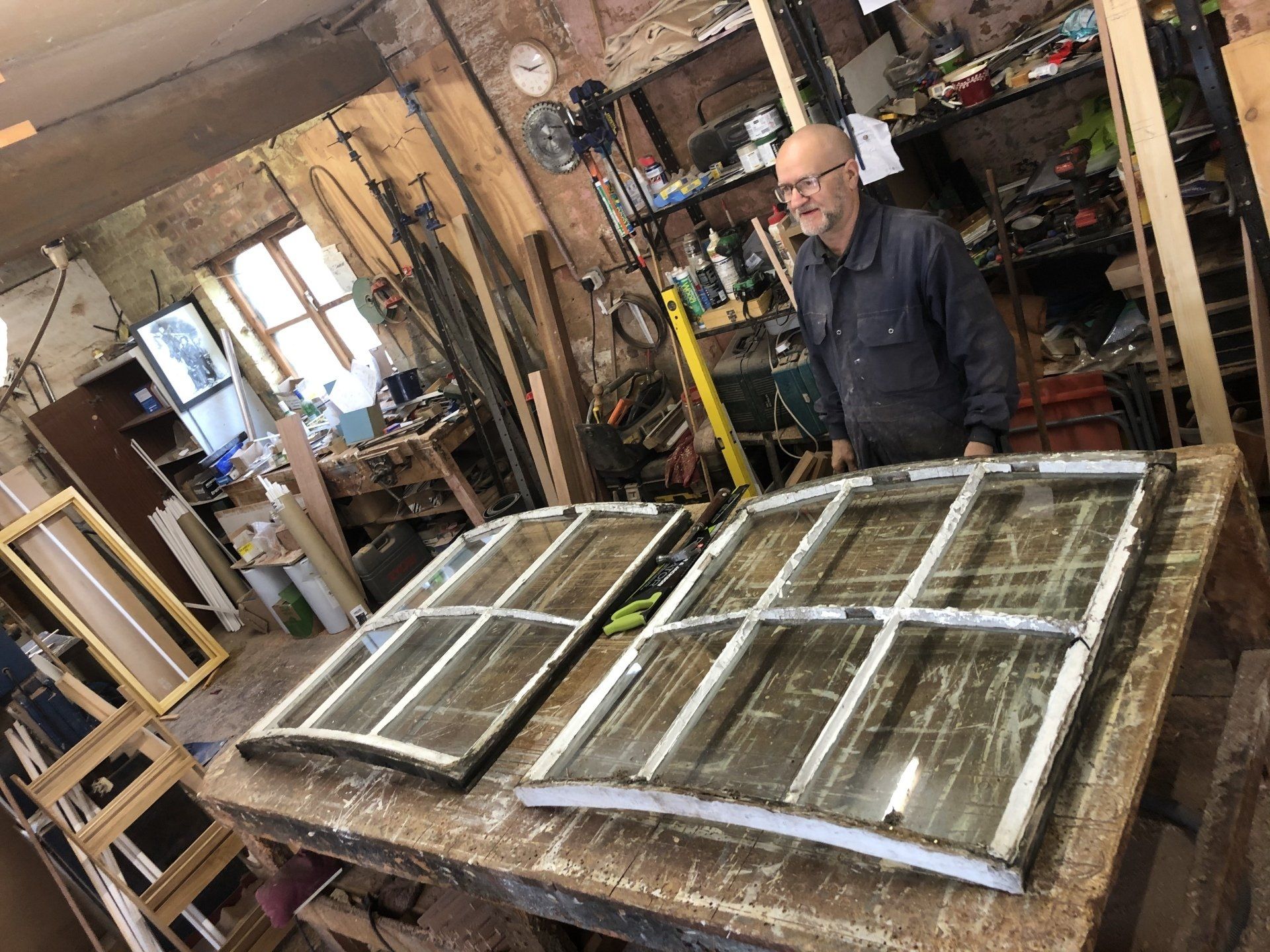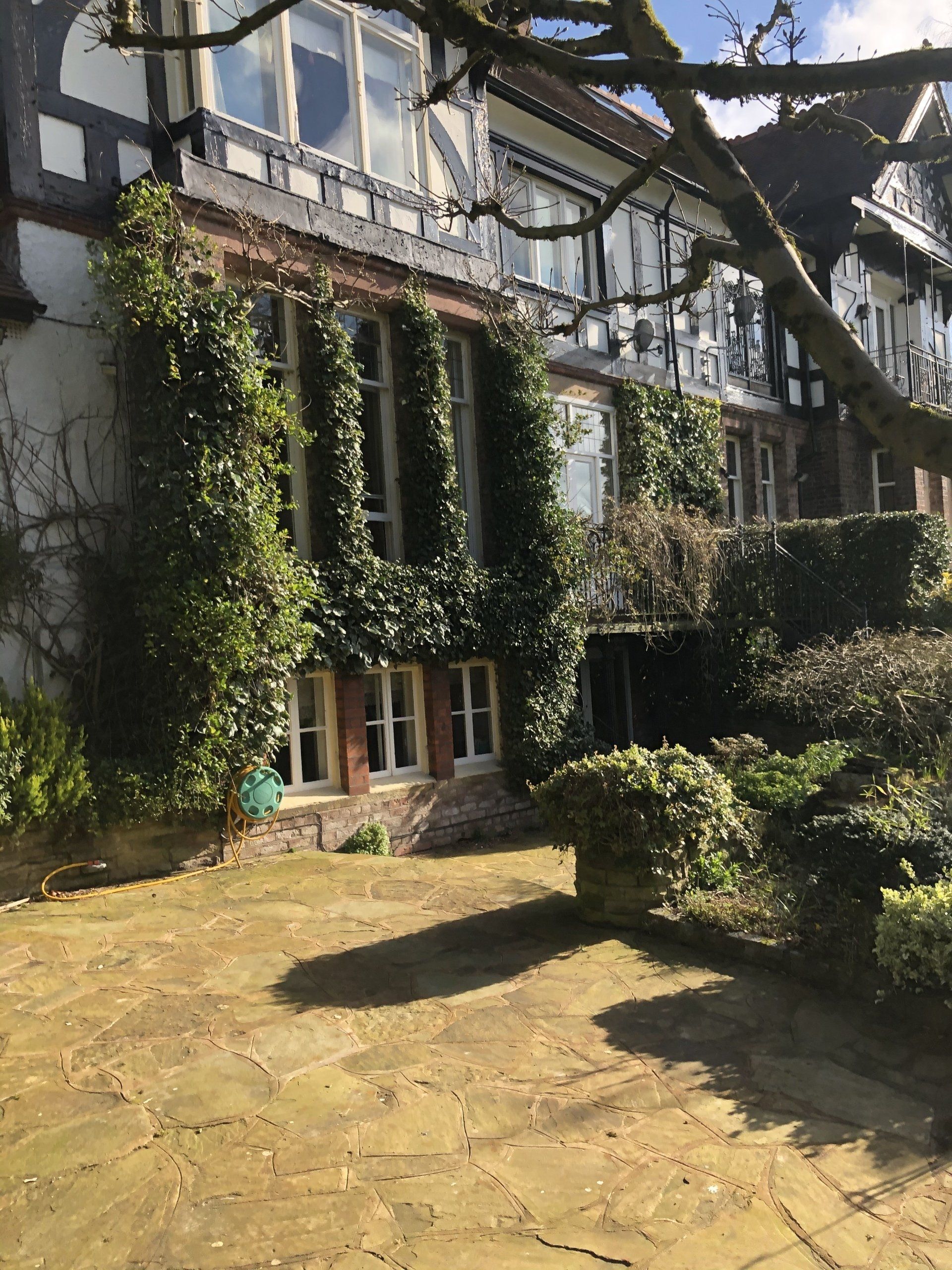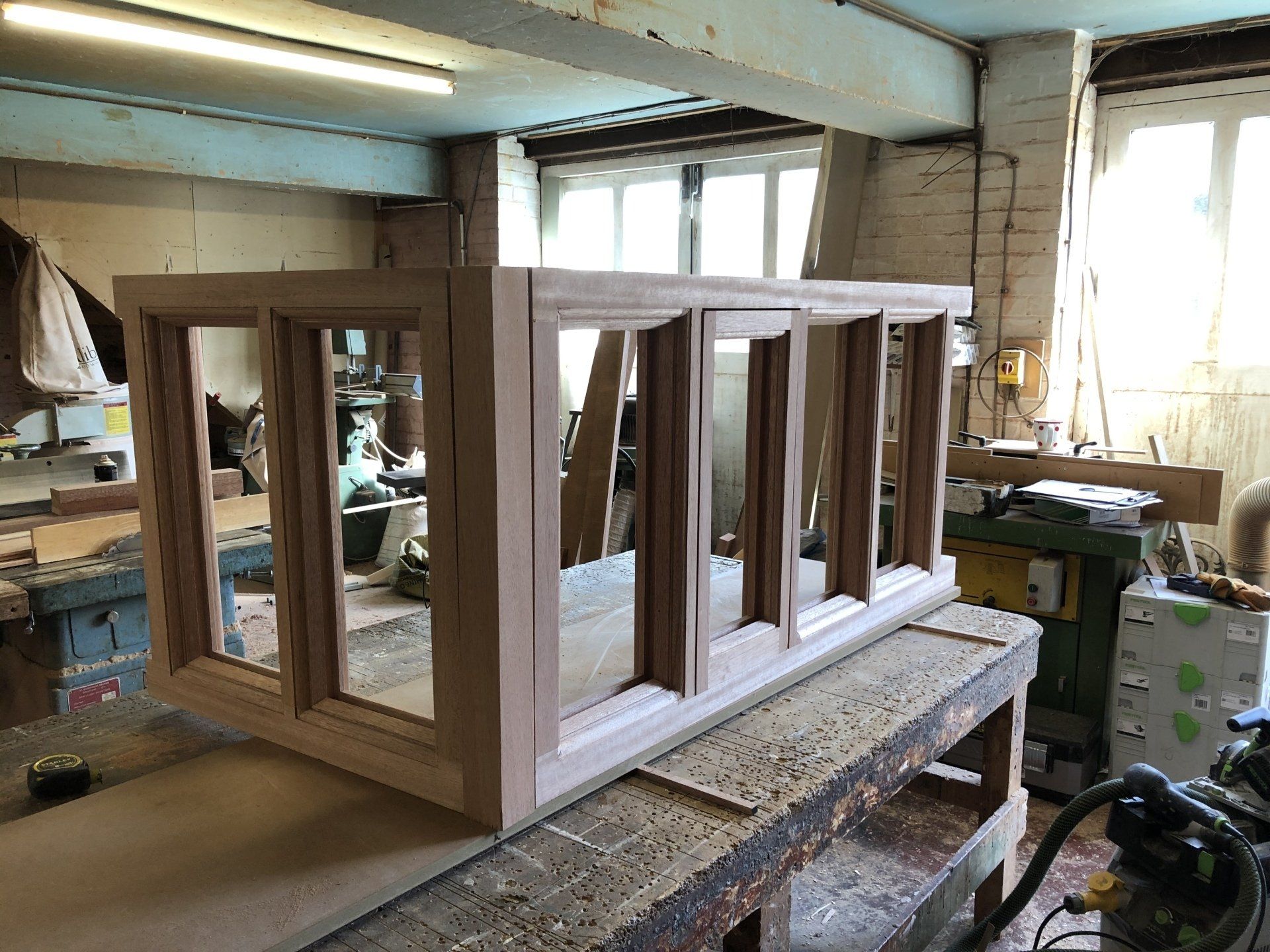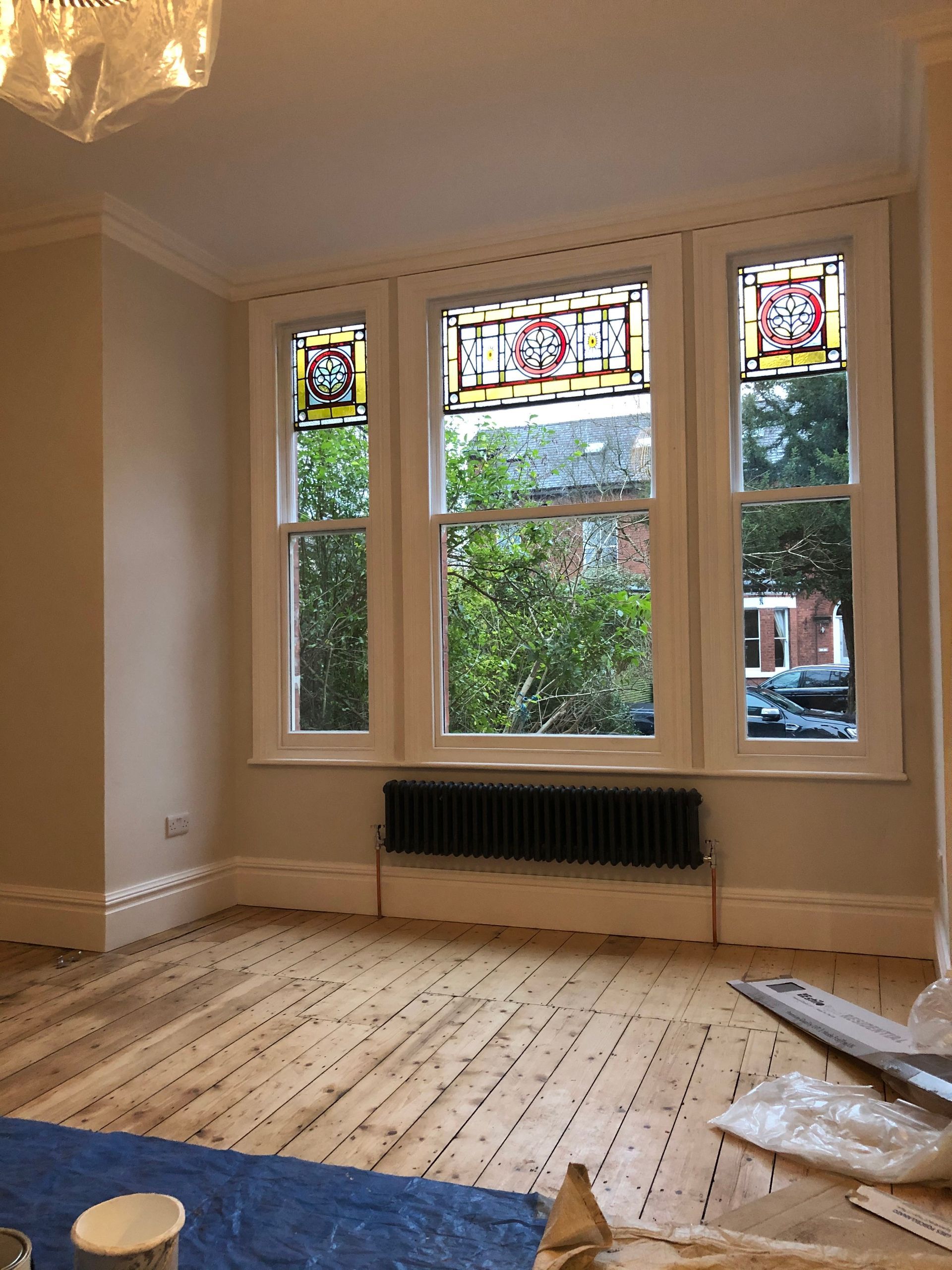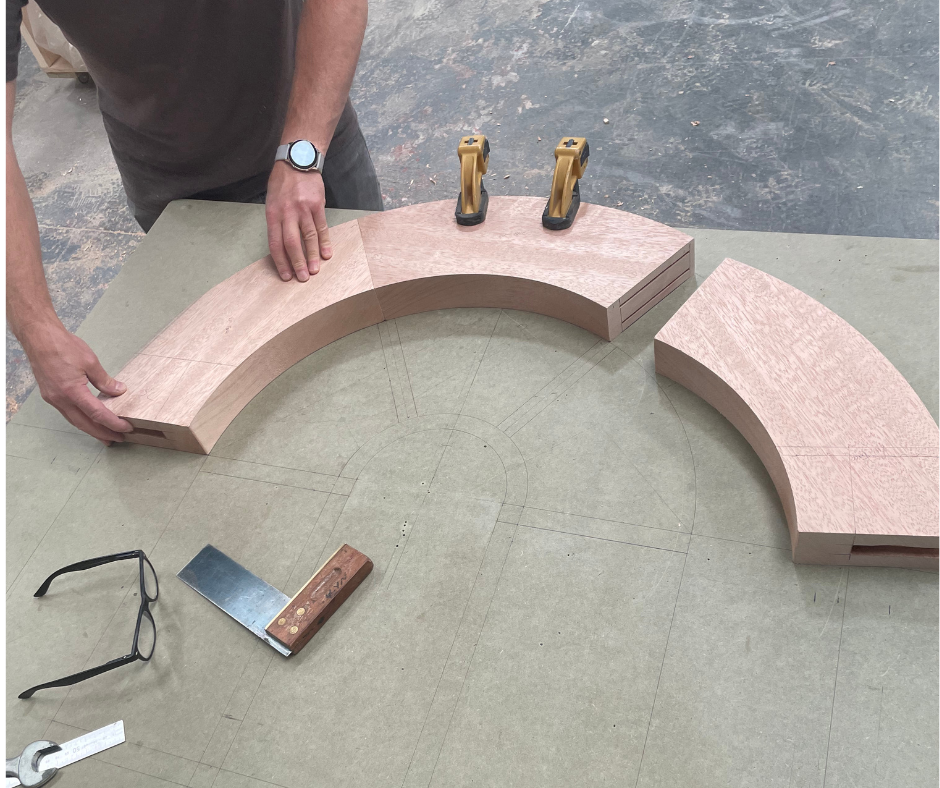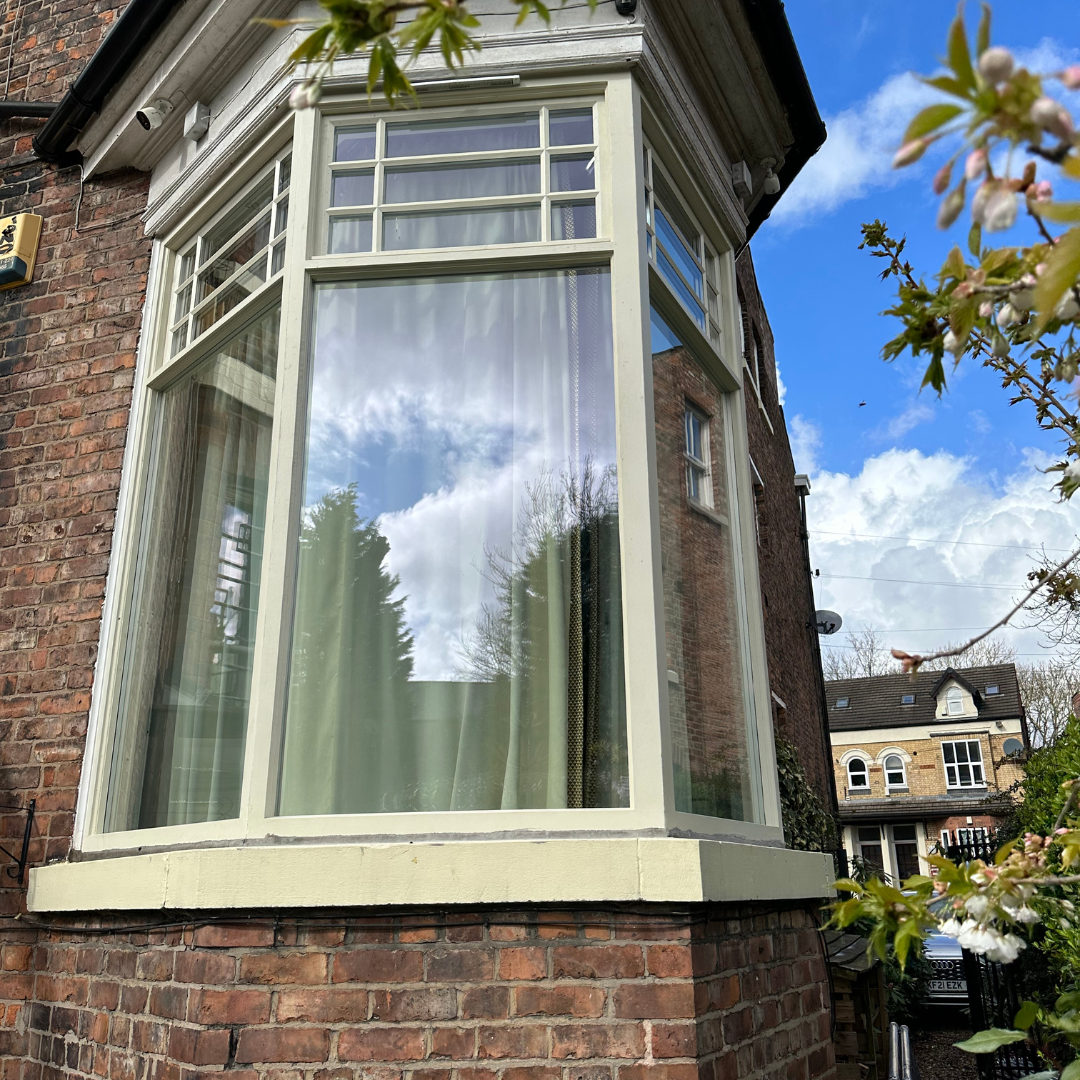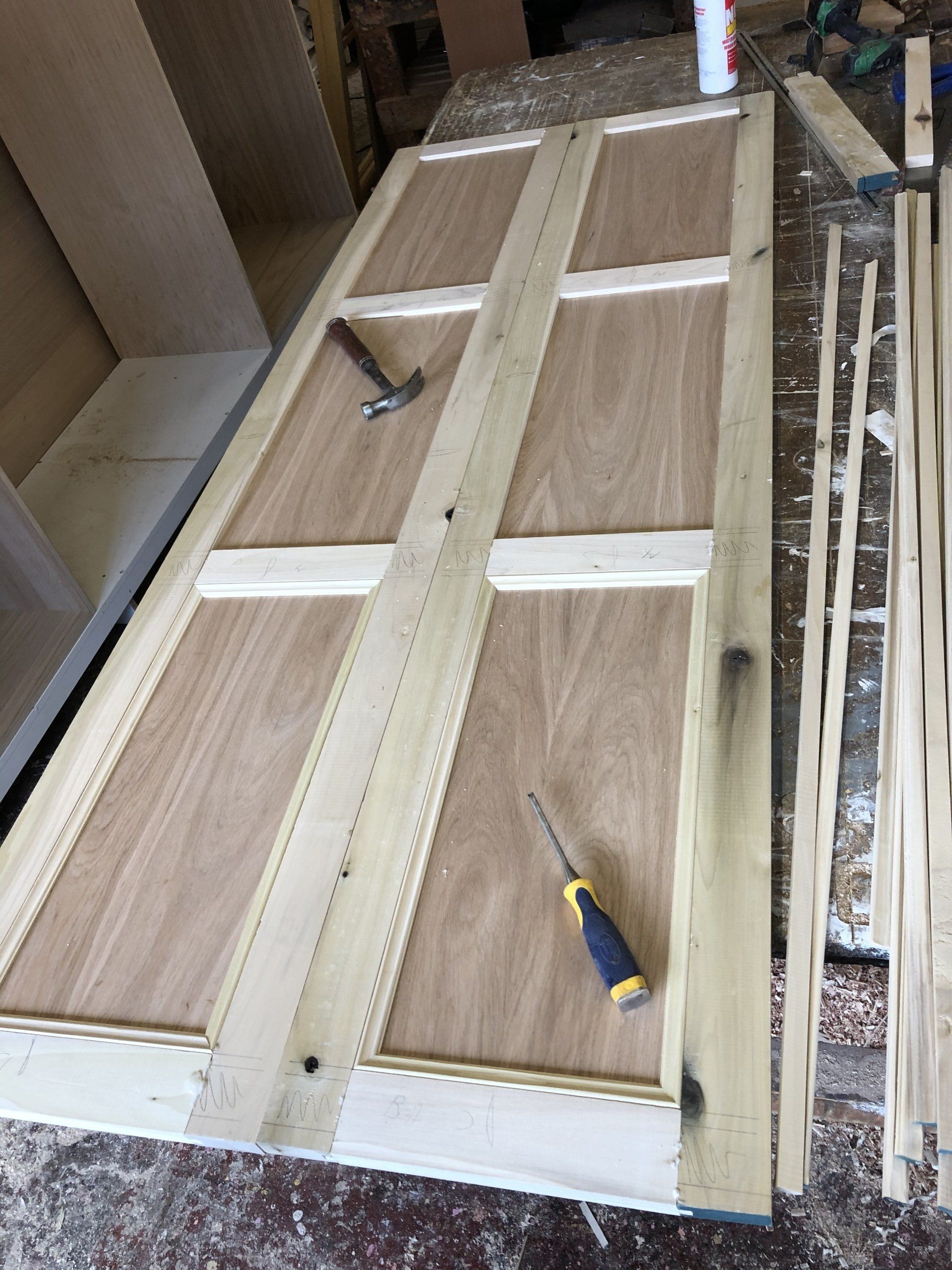5 Ways Timber Windows Enhance Energy Efficiency on Construction Projects
In today's construction landscape, prioritising energy efficiency isn't just a trend—it's a necessity. Energy-efficient practices play a pivotal role in mitigating environmental impact and enhancing sustainability. Within this sphere, the significance of timber windows stands out as a key consideration. These windows aren't merely architectural elements but crucial components contributing to energy conservation in modern building practices.
Outlining why energy efficiency matters in construction sets the foundation for understanding windows' pivotal role in conserving energy. Timber windows, in particular, emerge as a focal point due to their multifaceted contributions to homeowners, property managers, and the environment. Exploring their unique attributes unveils a pathway towards sustainable, efficient, and eco-friendly construction methodologies.
Superior Insulation Properties
Timber windows stand out for their exceptional insulation capabilities, which are attributed to their widespread acclaim in construction. The innate properties of timber as a material inherently lend themselves to superior insulation. Its cellular structure forms natural barriers that impede heat transfer, effectively regulating internal temperatures.
Comparatively, timber surpasses other materials in its insulation prowess. Its ability to limit thermal conductivity outshines materials like aluminium or uPVC, providing a more effective barrier against heat loss or gain. The science behind timber insulation involves low thermal conductivity, significantly reducing heat transfer across the window frame.
Practically, this means more than just warmth in winter and coolness in summer. Excellent insulation via timber windows translates into reduced energy consumption. Homeowners benefit from lower heating and cooling costs while contributing to a decreased carbon footprint.
The practical implications of timber's insulation prowess extend beyond comfort—they align with sustainability objectives, making timber windows a cornerstone of energy-efficient construction practices.
Reduced Heat Loss
Timber windows excel in minimising heat loss, which is pivotal in enhancing energy efficiency within structures. These windows employ a combination of factors to prevent heat from escaping, primarily owing to timber's natural insulating properties.
Constructing timber windows involves precise engineering that creates a tight seal, minimising gaps where heat could leak out. Additionally, the inherent properties of timber as a low conductor of heat work to impede thermal transfer through the window frame.
The impact of reduced heat loss on energy consumption is substantial. By preventing the escape of warmth during colder months and retaining cooler temperatures in hotter seasons, timber windows significantly reduce the need for constant heating or cooling.
Furthermore, specific design features integrated into timber windows contribute to this reduction in heat loss, showcasing how meticulous craftsmanship and material selection can elevate energy efficiency in construction practices.
Minimised Air Leakage
Controlling air leakage is a crucial factor in enhancing the energy efficiency of buildings, and timber windows excel in this regard. These windows employ meticulous techniques to minimise air infiltration, ensuring airtight seals and reducing structural drafts.
Timber's natural properties enable craftsmen to create precise fittings, diminishing gaps where air could seep through. Modern construction methods and sealing technologies also complement timber's characteristics, ensuring a snug fit between the window components and the building envelope.
Reduced air leakage contributes to energy conservation and significantly impacts indoor comfort levels. By preventing drafts and maintaining a stable internal environment, timber windows enhance the overall liveability of a space.
When analysing various window types, timber consistently demonstrates superior performance in limiting air infiltration. This feature makes timber windows attractive for those seeking energy efficiency and a comfortable living environment.
Natural Thermal Regulation
Timber windows play a pivotal role in maintaining stable indoor temperatures through their innate ability to regulate thermal conditions within a structure. These windows act as efficient thermal barriers, allowing natural temperature control regardless of external weather fluctuations.
The design of timber windows facilitates passive solar heating—a process that harnesses sunlight to naturally warm indoor spaces. Timber's insulating properties work with this concept, capturing and retaining solar heat during colder periods, thereby reducing reliance on artificial heating systems.
Geographic and climatic considerations significantly influence the optimisation of thermal regulation with timber windows. Builders and architects can tailor window placement, size, and glazing to maximise solar heat gain in colder regions while employing shading techniques in warmer climates to prevent overheating.
Case studies highlighting the effectiveness of timber windows in thermal regulation underscore their significance. Structures equipped with timber windows display consistent and comfortable indoor temperatures, affirming their role in energy-efficient design while promoting a sustainable approach to building practices.
Double or Triple Glazing Techniques
Implementing multiple glazing layers within timber windows presents a significant stride in enhancing their energy efficiency. Double or triple-glazing configurations contribute immensely by providing added insulation and minimising heat transfer through the windowpanes.
The benefits of double or triple glazing in timber windows are multifaceted. These configurations create an additional barrier against thermal conductivity, reducing heat loss or gain significantly compared to single-pane windows. The space between each layer is often filled with insulating gas, further bolstering the window's insulation properties.
The energy efficiency derived from multiple glazing layers directly impacts the overall performance of buildings, notably reducing energy consumption for heating or cooling purposes. Homeowners experience enhanced thermal comfort while witnessing a substantial decrease in utility bills.
Innovative approaches in implementing double or triple glazing within timber windows continue to evolve, showcasing advancements such as smart glass technologies or specialised coatings that enhance insulation while allowing for optimal light transmission.
Timber as a First Choice
Timber windows emerge as unparalleled champions in the realm of energy-efficient construction, highlighting a myriad of benefits that transcend mere aesthetics. These windows are beacons of sustainable building practices, from superior insulation properties to minimised heat loss and controlled air leakage.
Their innate ability to regulate indoor temperatures naturally, harnessing passive solar heating while embracing double or triple-glazing techniques, underscores their pivotal role in reducing energy consumption. Homeowners relish decreased utility costs while contributing to a greener, more sustainable environment.
The cumulative impact of timber windows on energy efficiency aligns seamlessly with the overarching goals of sustainable construction. As we envision the future of eco-conscious building designs, timber windows stand as a testament to innovation, offering both timeless elegance and a tangible pathway toward more environmentally conscious and energy-efficient structures.
Timber windows aren't merely frames but cornerstones of a sustainable future, inviting construction projects to embrace their virtues and contribute to a more energy-efficient world.
